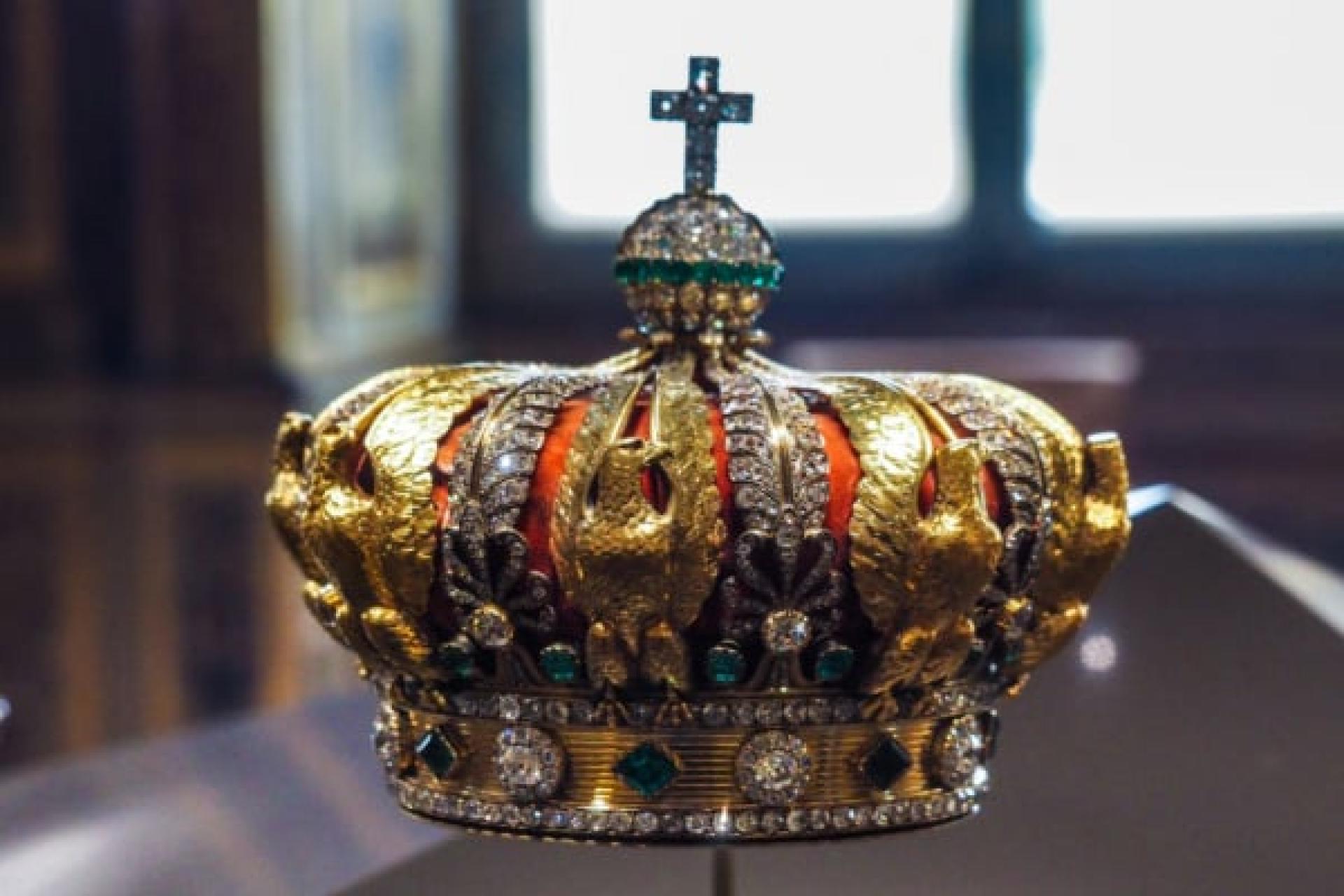On the morning of the 19th, four masked thieves broke into the Louvre in Paris and, in just seven minutes, stole several precious pieces of jewelry from display cases—a crime that has shocked the world, as reported by the New York Times. Experts say the latest case exemplifies a growing crime trend where culprits target museums, not for their art, but to steal jewelry and metals for cutting and resale.
Experts on art crimes noted that when these thieves entered the Louvre, they showed no interest in the world-renowned masterpieces hanging on the walls, nor cared about the invaluable collections of sculptures, or even knew the historical provenance of the crowns, earrings, or necklaces they sought to steal. Their only motivation was to grab as many jewels and precious metals as possible, to cut apart or dismantle for resale.
Gold Can Be Melted Down and Sold
One of the stolen items was Queen Hortense's crown, set with 24 Ceylon sapphires and 1,083 diamonds, which could be sold to jewelers piecemeal and made into new jewelry without detection. Any gold taken by the thieves could be melted down and quickly sold.
Former head of the London Metropolitan Police Art Squad, Rapley, commented that this case is not a true art crime; rather, it is "commodity theft."
James Ratcliffe, Director of Recoveries at the Art Loss Register—a London-based database of stolen art—explained that thieves committing commodity theft aren’t concerned about damaging art during the heist, nor about leaving valuable items behind. In the Louvre case, one of the targets was Empress Eugénie’s crown, adorned with 8 golden eagles, 2,490 diamonds, and 56 emeralds. However, according to France’s Ministry of Culture, museum security intervened, and the thieves abandoned the crown and fled.
Ellis, former chief of the London Metropolitan Police Art Crime Unit, said the thieves sought easily resellable jewels, which is why they did not take the Regent or Sancy diamonds from the Apollo Gallery. (Source: World Journal News)
